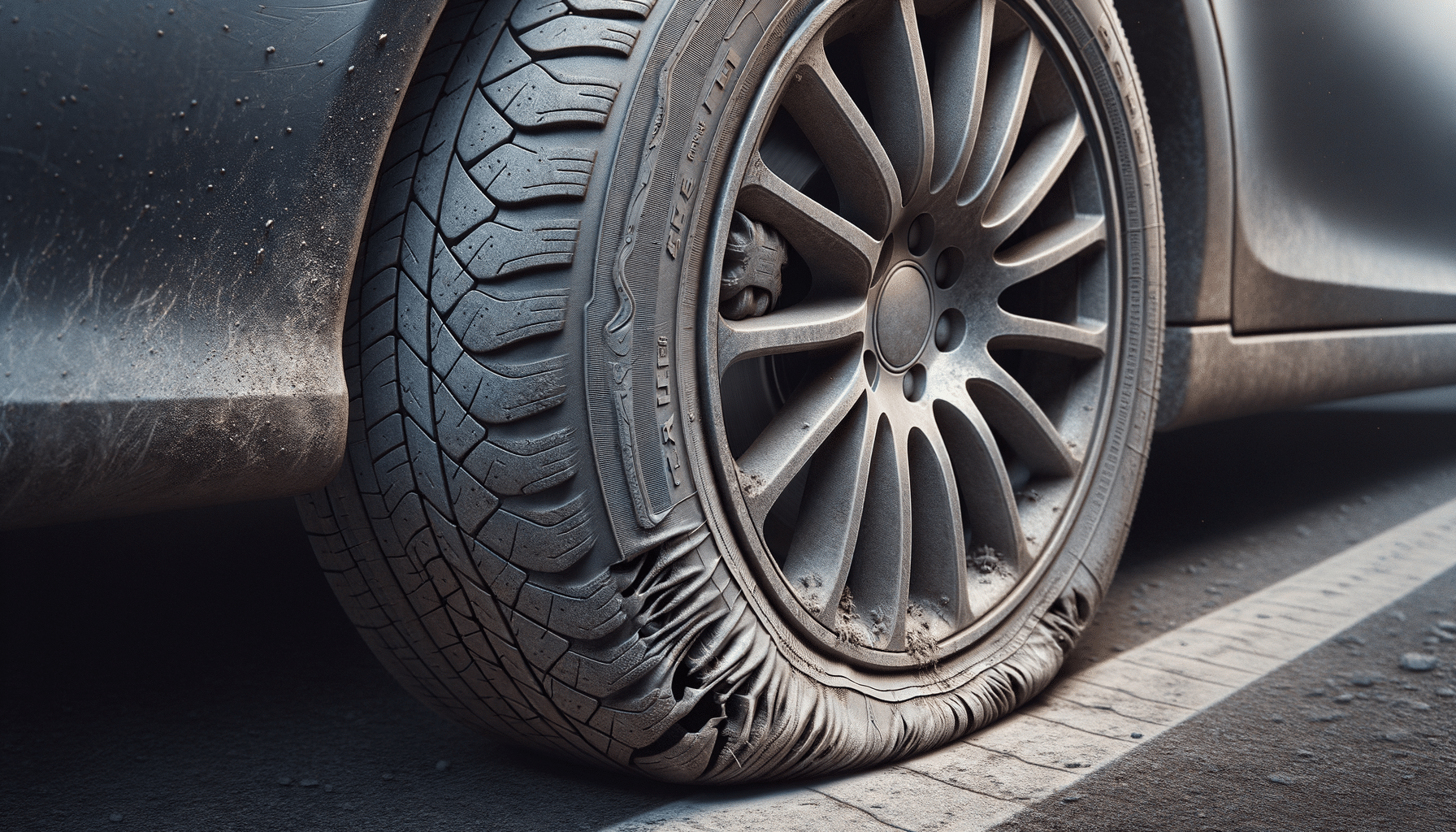
How to Address a Tire That Consistently Loses Air
Introduction: Understanding the Problem
Tires are an essential component of any vehicle, ensuring both safety and efficiency on the road. However, a tire that consistently loses air can be a source of frustration and potential danger. Understanding the underlying causes and how to effectively address them is crucial for maintaining vehicle performance and safety. In this article, we delve into the common reasons behind persistent air loss in tires and offer practical solutions to tackle the issue.
Common Causes of Air Loss
A tire losing air can be attributed to several factors, each requiring a different approach for resolution. One prevalent cause is a puncture, often from nails or sharp debris on the road. These punctures can be small and difficult to detect without careful inspection. Another common culprit is a faulty valve stem, which can deteriorate over time or become damaged, leading to slow leaks.
Beyond these, the tire bead, which seals the tire to the rim, can sometimes fail due to corrosion or improper installation. Additionally, temperature fluctuations can cause air loss, as cold weather leads to contraction, reducing tire pressure. Recognizing these causes is the first step in effectively addressing the issue and ensuring your tires are in optimal condition.
Diagnosing the Issue
To address a tire that consistently loses air, accurate diagnosis is vital. Begin by conducting a visual inspection for any obvious signs of damage, such as punctures or cuts. If nothing is visible, use a soapy water solution to spray the tire, looking for bubbles that indicate air escaping from the tire. Pay close attention to the valve stem and the area around the rim.
For more precise results, consider using a tire pressure gauge to monitor changes over time. This tool can help identify slow leaks that might not be immediately apparent. If the source of the air loss remains elusive, seeking professional assistance is advisable. Tire professionals have the expertise and equipment to diagnose complex issues accurately.
Repair and Maintenance Solutions
Once the cause of air loss is identified, the next step is implementing the appropriate repair or maintenance solution. For minor punctures, a tire sealant or patch kit can be a quick and effective fix. These products are designed to seal small holes and restore the tire’s integrity. However, for larger punctures or sidewall damage, professional repair or replacement may be necessary.
In cases where the valve stem is the issue, replacing it is a straightforward solution that can often be done at home with the right tools. Ensuring the tire bead is correctly seated and the rim is free of corrosion can also prevent air loss. Regular maintenance, such as checking tire pressure and inspecting for wear and damage, is key to preventing future issues.
Conclusion: Ensuring Tire Longevity
Addressing a tire that consistently loses air requires a combination of accurate diagnosis and effective repair strategies. By understanding the common causes and solutions, vehicle owners can take proactive steps to maintain their tires and ensure road safety. Regular inspections and maintenance not only prevent air loss but also extend the lifespan of tires, providing peace of mind on every journey.
Remember, the health of your tires is integral to the overall performance of your vehicle. Investing time and effort in their upkeep is a small price to pay for the safety and reliability they provide.


